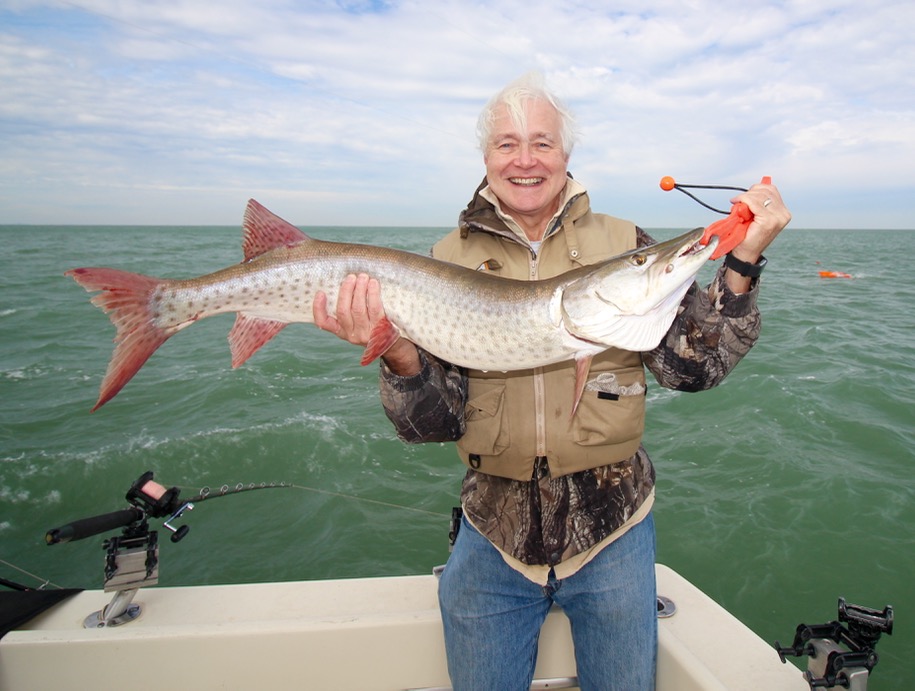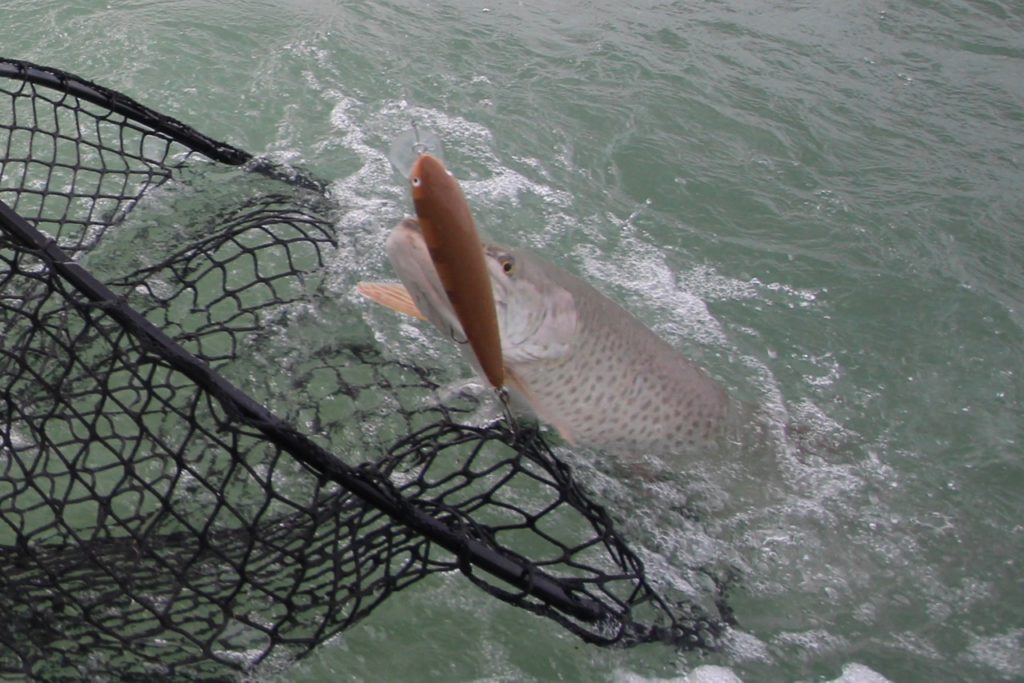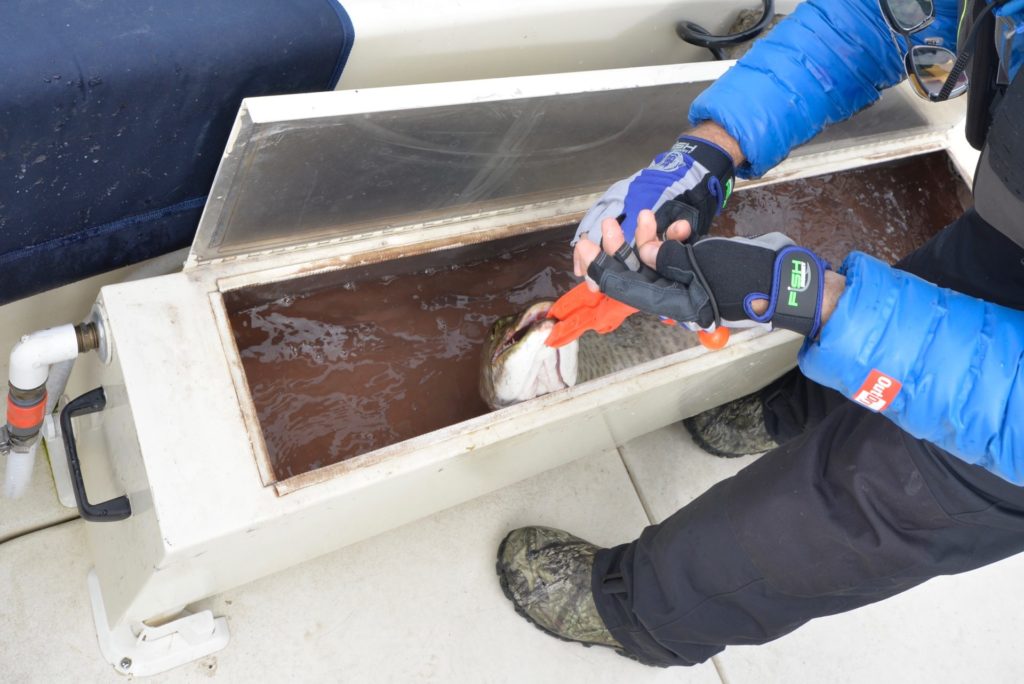Muskie madness
On Lake St. Clair, muskies are no longer “the fish of 10,000 casts”
Advertisement
The conservation ethic runs deep
Beginning in the late 1970s, conservation groups started propagating a radical idea. Perhaps, they suggested, a trophy-sized muskie— which could be 30, 40 or even 50 years old, might be too precious to be caught once, bonked on the head, and hung on your wall. And the idea caught on.
Advertisement
Before long, anglers on St. Clair’s Canadian side began releasing 80 per cent of their muskies, doubling the traditional number. As this catch-and-release ethic spread, catch limits became more stringent, and the fish got bigger and more numerous, forming a positive feedback loop. Today, astonishing numbers of huge muskies are found all over Lake St. Clair, and 99 per cent of those fish are released.
Muskies are usually too big to fit in ordinary livewells, so our boat had a very cool muskie-shaped “recovery tank” (above), with water cycling though. As soon as we landed a fish, it went in the tank to rest up, then we snapped a few photos, and back into the water it went. By the way, that muskie motel is six feet long, and 18 inches wide, and fish have been landed on this boat that just barely fit into the tank.
Advertisement



